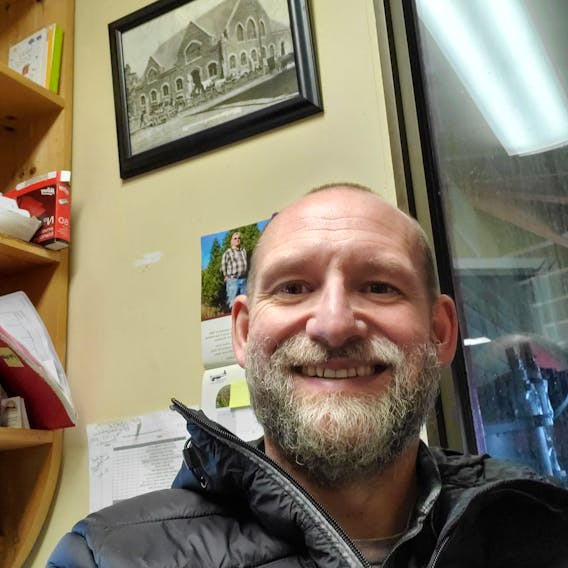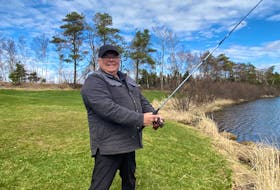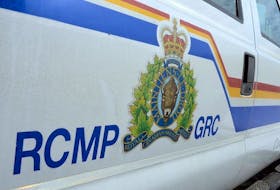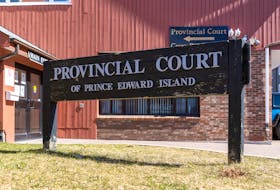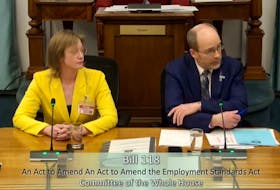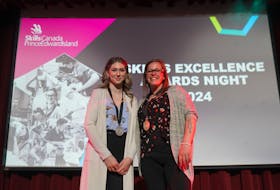Morgan Palmer sees food insecurity all over Charlottetown.
And with the Food Council’s new food asset map, she hopes others will see it, too.
“It’s often a tool used by other food councils to help with some baseline data collection,” she said. “It can help food councils identify gaps in communities, in the food system.”
Food assets include places to buy groceries, educational resources and tools for producers. The map shows where these are – and are not – in the city, she said.
The council released a beta version of the asset map in the fall of 2020, and it’s going through data gathered through community conversations and surveys.

Palmer is one of the voluntary board members of the Charlottetown food council, created three years ago. The board advises city council on issues involving the food system.
Food insecurity is a major issue on P.E.I., and it is a symptom of a larger financial problem, she said.
“Food insecurity is kind of not about food at all.”
People experiencing poverty will change food behaviours and choices because their options are so limited, she said.
A further issue is that most households dealing with food insecurity receive their primary income from paid work.
“The household is food insecure, but the people that are earning the income are working for income, versus a single mom on social assistance, where the main income is social assistance.”
This means those working full time must choose between things like paying rent and utilities, medical bills and buying healthy groceries, she said.
This is especially true for international students, who pay very high tuition fees, said Claire Byrne, a recent contributor to the food map’s community conversation events.
She was asked to join because of her involvement around food security at UPEI.
"P.E.I. has some of the highest rates of food insecurity in the country, and it’s an Island that produces well over the amount of food needed to feed everyone," she said.
One issue in Charlottetown is low wages, she said, speaking about a recent study by the Canadian Centre for Policy Alternatives.
"Minimum wage would have to be around $20 an hour for people to not live in poverty."
Another problem Byrne pointed to is the housing crisis, which is leaving people with less to spend on groceries, she said.
The consultation process and initial rollout of the map's beta version went well, said Bernie Plourde from the Food Council.
"We’re still going through all the data. We got some data on where people live, where they shop, some of those habits. We’re still to hear from the data where we’re asking folks to give more explanation to their answers.”
The council hoped to engage the public in person through community consultations, but the pandemic moved things online, he said.
“We had started one at the Farmers’ Market, and just that one day we had about 60 or 70 people come through and engage.”
The online meetings only had about 20-25 attendees each, though there were four separate events, he said.
One of the council's long-term goals for the map is to have it show changes in the food system over time.
"The map will be a living asset, so it certainly won’t encompass everything. Once it goes live, it will be something we have to review and update probably on a monthly basis,” he said.
"As more of the community is aware of the asset map, they’ll provide more information and resources to make the map more representative of the needs of the community.”
At a glance
- The Charlottetown Food Council launched the city’s first Food Asset Map this past week, an interactive tool in the form of a virtual map that identifies resources within the food system, such as retailers of local food, emergency food providers and community gardens
- The map is available online at www.charlottetown.ca/foodmap and can be sorted by city ward, section of the Charlottetown Food Charter or by asset category such as buying, growing, learning and produce and distribution
- As part of the launch, the Charlottetown Food Council is looking for feedback on the map, including resources that could be added. A form to submit feedback is available on the Food Council webpage

